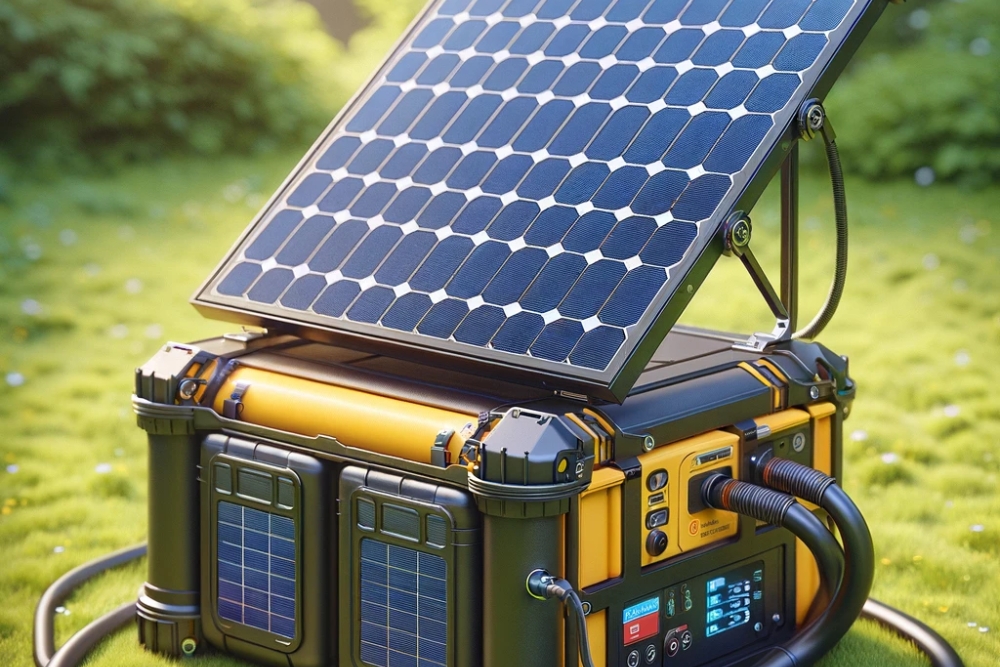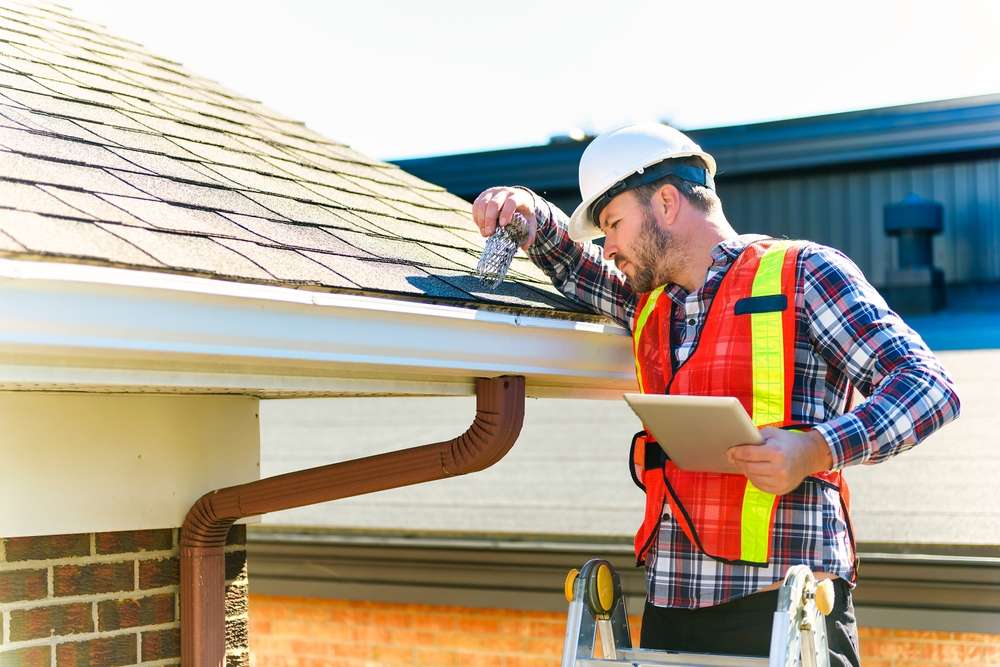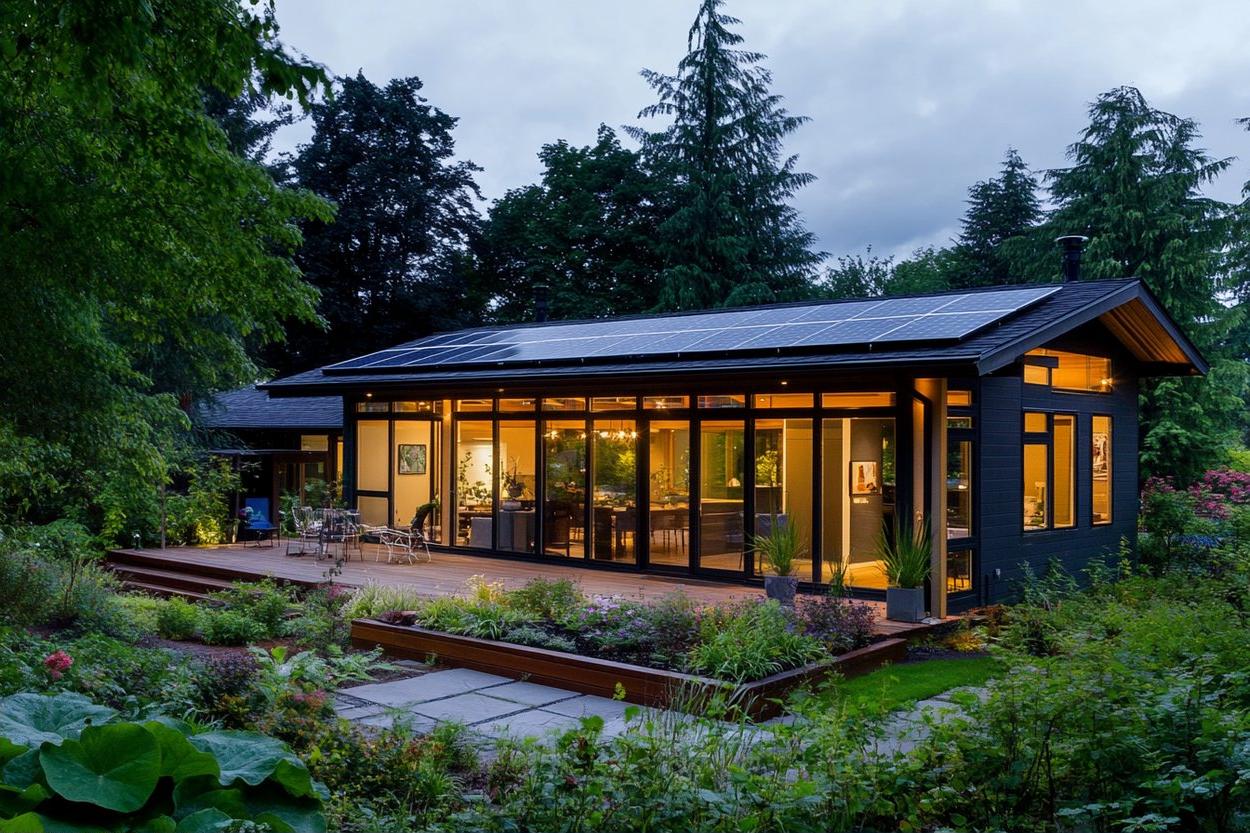Solar Lights: How They Work and How to Choose
Solar lights provide illumination by converting sunlight into electrical energy and storing it for use after dark. They are used for garden paths, security lighting, accent features, and remote locations without mains power. Understanding types, components, and real-world performance helps you pick lights that match your needs and local conditions in the UK and elsewhere.

What are solar lights?
Solar lights are self-contained lighting units that include a solar panel, rechargeable battery, light source (usually LEDs), and control electronics. Panels collect sunlight during the day and charge the battery, while a light sensor or timer switches the LEDs on at dusk. They range from small stake lights for borders to larger units for driveways and wall-mounted security fixtures. Because they do not require wiring to the mains, they are often easier to install and reposition, making them suitable for rented properties and locations with limited access to electrical outlets.
How do solar lights work?
Solar lights rely on photovoltaic (PV) cells in the solar panel to convert photons into electricity. That electricity charges an internal battery—commonly lithium-ion or nickel-metal hydride (NiMH). A controller or charge regulator prevents overcharging and excessive discharge. At dusk, a light sensor (photocell) or a motion sensor activates the LED array. LEDs are energy-efficient and provide meaningful brightness at low power. Performance depends on solar panel size, battery capacity, LED efficiency, and available sunlight; in the UK, seasonal daylight variation and weather conditions will affect nightly runtime and brightness.
Types and features to consider
When choosing solar lights, consider intended use and key specifications. Brightness is measured in lumens; pathway lights may need 10–100 lumens, while security lights often require 500 lumens or more. Look at battery type: lithium batteries hold more charge and tolerate more cycles than older NiMH cells, but both degrade over time. Solar panel type matters too—monocrystalline panels are more efficient in low light than polycrystalline ones. Other useful features include motion sensors, dusk-to-dawn operation, adjustable heads, waterproofing ratings (IP44 and above for outdoor use), and timers. Check manufacturer-specified run times and charging times to match expected conditions.
Installation, maintenance, and troubleshooting
Install solar lights where they receive maximum direct sunlight—south-facing positions work best in the northern hemisphere. Avoid shading from trees, walls, or neighboring buildings. Mount panels at an angle to shed rain and snow and to capture more sunlight in winter. Maintenance is mainly cleaning panels of dust, leaves, or bird droppings and replacing batteries when capacity falls significantly (often every 2–4 years depending on battery chemistry and usage). If a light underperforms, inspect for damaged panels, corroded contacts, or depleted batteries; a multimeter can verify panel output in daylight. For motion-activated lights, adjust sensitivity and detection angles to reduce false activations.
Finding local services and quality checks
If you prefer professional help, search for local services such as garden electrics specialists, landscape lighting installers, or general electricians who offer solar lighting installation in your area. When evaluating providers, ask about experience with solar-specific systems, guarantees on workmanship, and whether they handle product selection and warranty claims. For products, check independent reviews, confirm IP ratings for outdoor suitability, and look for clear battery and panel specifications. Warranties for panels, batteries, and LEDs vary—read terms to see what is covered. Buying from established retailers and verifying after-sales support can reduce the risk of premature failures.
Conclusion
Solar lights offer a flexible, wiring-free option for outdoor illumination, but real-world performance depends on panel quality, battery capacity, placement, and seasonal sunlight. By matching the type and specifications to your intended use, maintaining panels and batteries, and choosing suitable installation options, you can achieve reliable lighting for paths, gardens, and security without relying on mains power.






